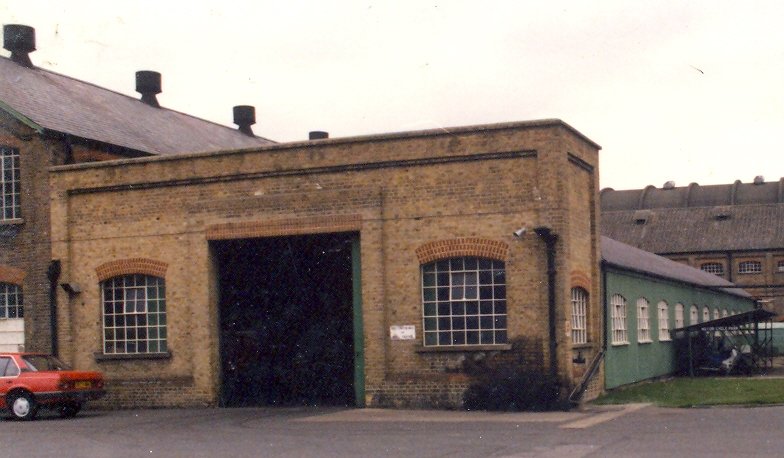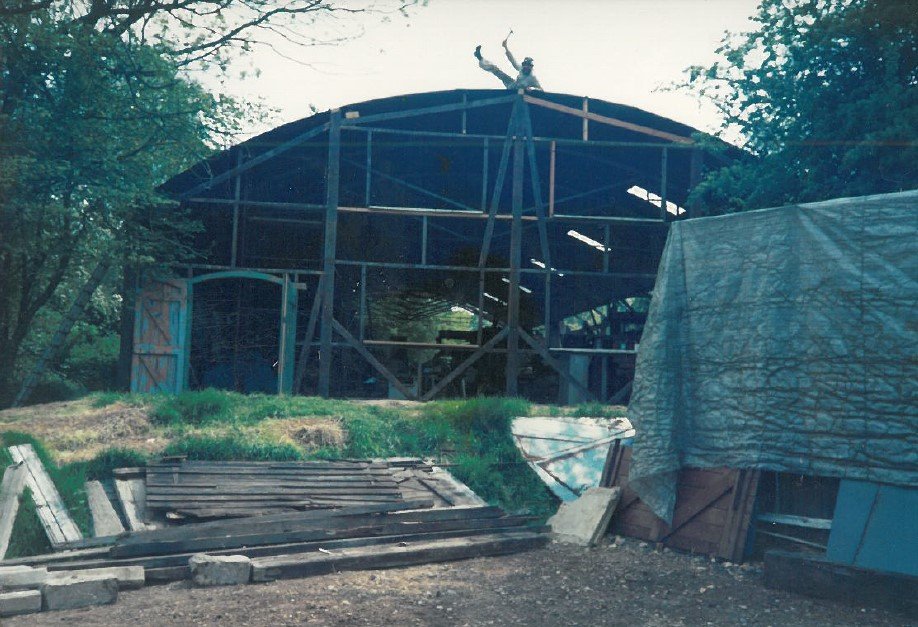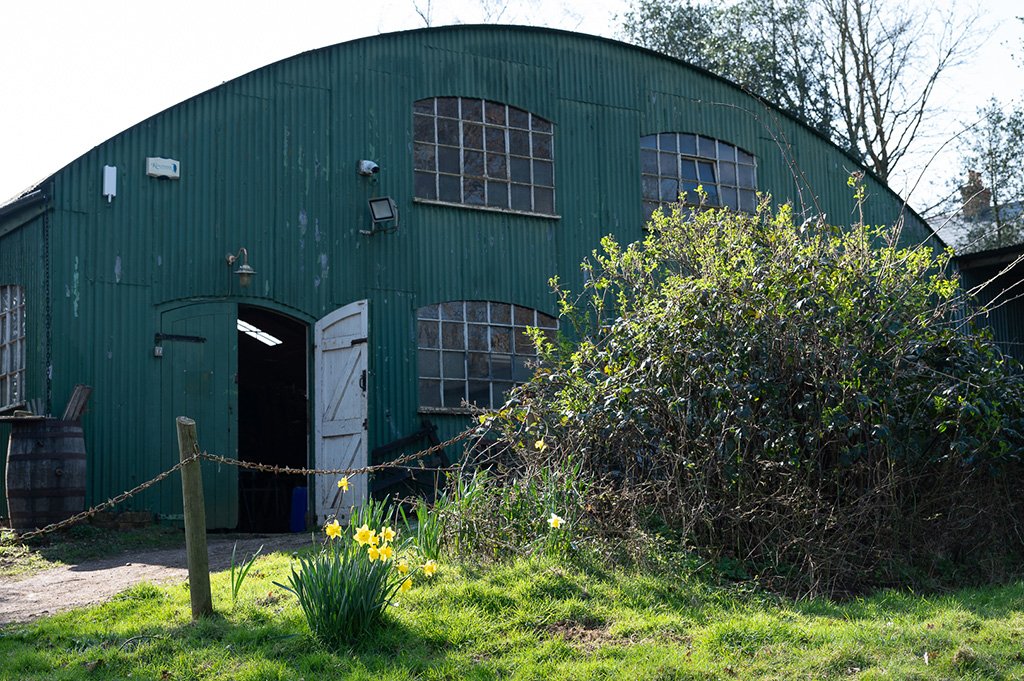A First World War Storage Building
The Glory Mill Store, believed to have been constructed during the First World War, is a building with a wooden and steel frame. Situated adjacent to the Gerrards Cross Hut, it shares the same historical era.
Inside the store, a discovery of a penny dated 1919, affixed to a post, suggests its likely origin during the First World War. This period coincided with significant advancements in papermaking at the factory, focusing on the production of photobase paper for air-reconnaissance photographs.
Where Was the Glory Mill Store From?
Originally situated at the Wiggins-Teape paper mill in Wooburn Green, Buckinghamshire, the building has historical ties to the mill formally named Glory Mill. This name was derived from its previous owner, John de la Gloire, who owned the mill in 1235 when it primarily produced flour. During that era, the mill embraced cloth fulling, a process involving locally grown hemp.
Mills of the time often engaged in both grinding corn and fulling cloth simultaneously, utilising large wooden hammers attached to the mill's drive shaft for the fulling process. By the early 17th century, fulling mills had largely disappeared, but the realization dawned that the machinery initially designed for cloth fulling could be adapted for beating rags into pulp—a crucial step in the paper-making process.
Why is Glory Mill at the Museum?
The structure we now have at COAM was originally known as the "Rag Warehouse," serving as the storage facility for bales of rags and undergoing the initial stages of sorting in the paper-making process. Following the closure of the paper mill in 1999, the store faced the prospect of demolition. However, it was preserved, and the Glory Mill Store now serves as a workshop and storage space for various buildings awaiting placement at the Museum.
What is Glory Mill Built From?
The framework of the Glory Mill Store is crafted from a combination of wood and steel, enveloped in sheets of corrugated iron. Originally, one side and end featured brick construction, as the building was initially attached to another structure. However, due to logistical constraints, only the Glory Mill Store was relocated to the Museum.




